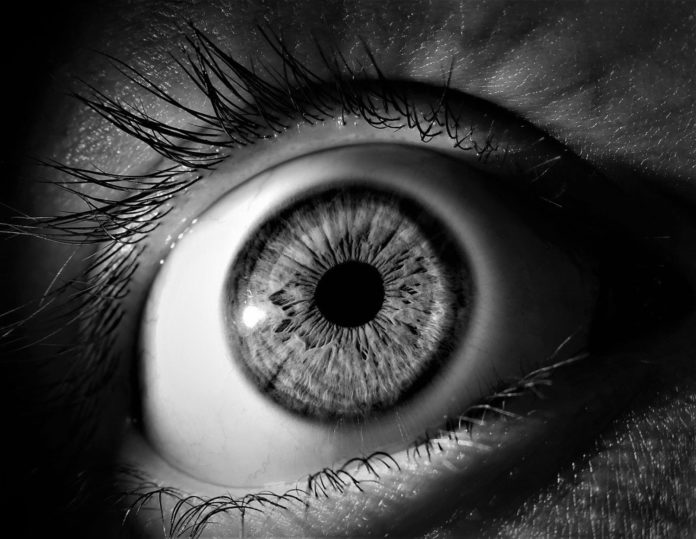Scientists at the Paul Scherrer Institut have discovered an essential component of the eye. They found a protein in the retina’s rod cells that help us see in dim light. Plus, the protein acts as an ion channel in the cell membrane, hence is responsible for relaying the optical signal from the eye to the brain.
Jacopo Marino, a biologist with PSI’s Laboratory of Biomolecular Research, said, “These photocells are so sensitive to light that they can detect even a single photon reaching us from a very remote part of the universe – a truly incredible feat. The ability of our brain to eventually translate these light beams into a visual impression is partly down to the cyclic nucleotide-gated (CNG) ion channels.”
The ion channels, embedded in the cell membrane of rod cells, control whether specific particles are allowed through to the interior of the receptor cell. This ion channel tends to remain open in the darkness. When the light hits the eye, it triggers a cascade of processes in the rod cells.
This process causes the ion channel to close itself. Ultimately, this prevents positively charged particles from entering the cell, such as calcium ions.
Jacopo Marino said, “This electrochemical signal continues via the nerve cells into the brain’s visual cortex, where a visual impression – such as a flash of light – is created. The idea of solving the structure of this channel dates back to nearly 20 years ago when Gebhard Schertler and Benjamin Kaupp already collaborated on this topic.”
Scientists, at first, extracted the channel protein from cows’ eyes supplied by an abattoir. This was a complicated and arduous process.
It took almost two years to obtain enough protein as it is susceptible and quickly decomposes. Plus, it is only available in tiny quantities in the source material.
Later, using cryo-electron microscopy, scientists revealed the three-dimensional structure of the ion channel.
Diane Barret said, “In contrast to previous studies on the structure of the ion channel, we investigated the native protein as it exists in the eye. We are therefore much closer to the real conditions that exist in living creatures.”
Understanding the channel protein’s natural structure could help advance the development of treatments for genetic disorders with no known cure, such as retinitis pigmentosa.
Jacopo Marino said, “If we could find molecules that affect the protein in such a way that the channel would completely close, we could prevent the cells from dying – and thus stop people going blind.”
Scientists also studied the precise structure of the protein. It consists of three lots of subunit A and one lot of subunit B. A correctly functioning ion channel is only possible in this combination.
Scientists found that the B subunit plays a vital role: a sidearm of the protein – a single amino acid – protrudes from the rest of the protein, like a barrier across a gateway. This narrows the passage in the channel to the point where no ions can pass through.
Ph.D. student Diane Barret said, “No one expected that – it came as a total surprise. Other narrow places already exist in the A subunit – like main gateways – which were previously thought to be the only ones. It is interesting to note that the additional barrier is found in the protein from the cow’s eye and seems to apply to all types of animals, as the scientists showed. Whether crocodiles, eagles, or humans – all living creatures with an ion channel in their eye have the same protruding amino acid at this position in the protein. As it has been preserved so consistently during evolution, it must be essential for the functioning of the channel.”
Journal Reference:
- Barret, D.C.A., Schertler, G.F.X., Benjamin Kaupp, U. et al. The structure of the native CNGA1/CNGB1 CNG channel from bovine retinal rods. Nat Struct Mol Biol (2021). DOI: 10.1038/s41594-021-00700-8
